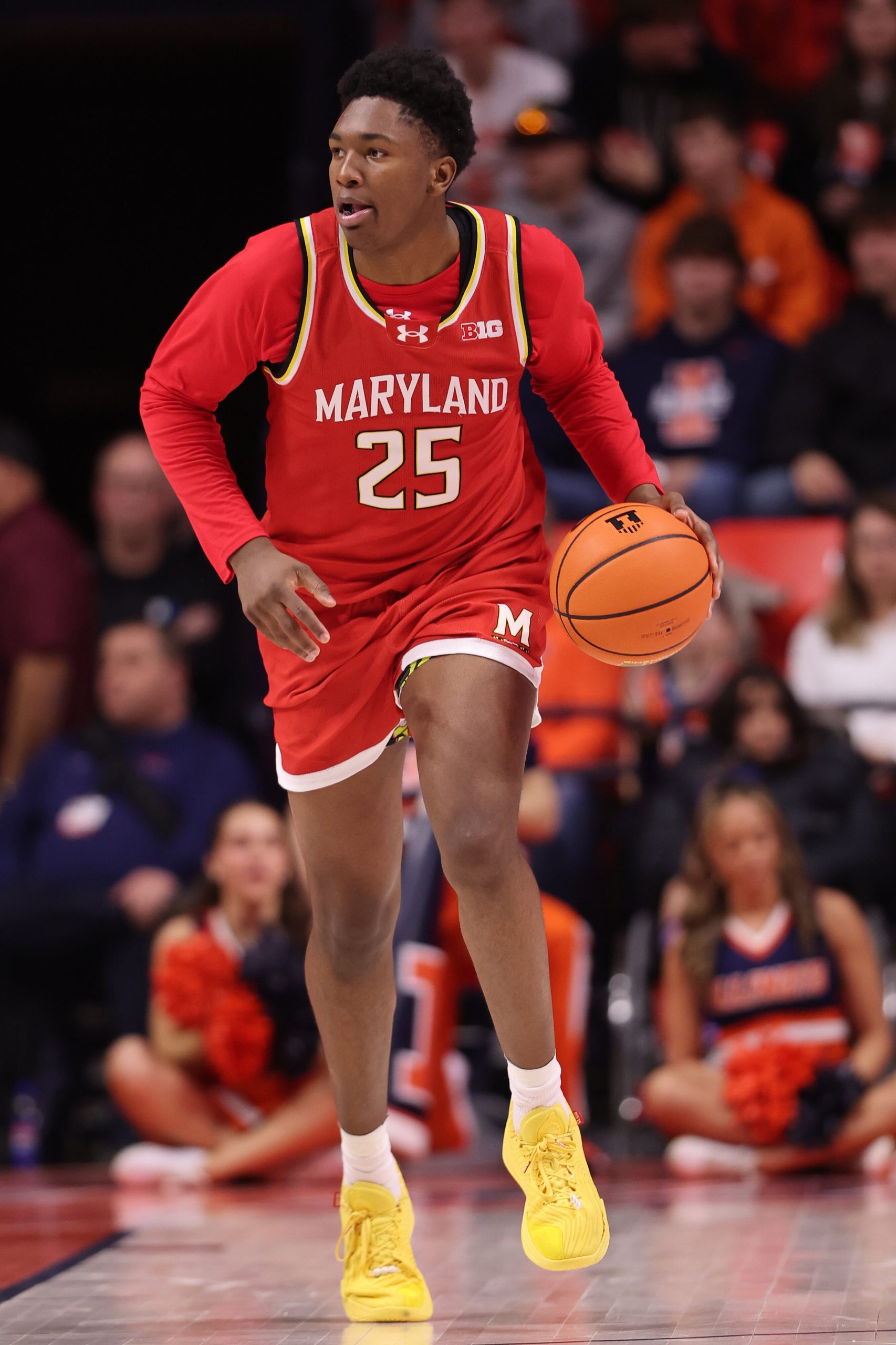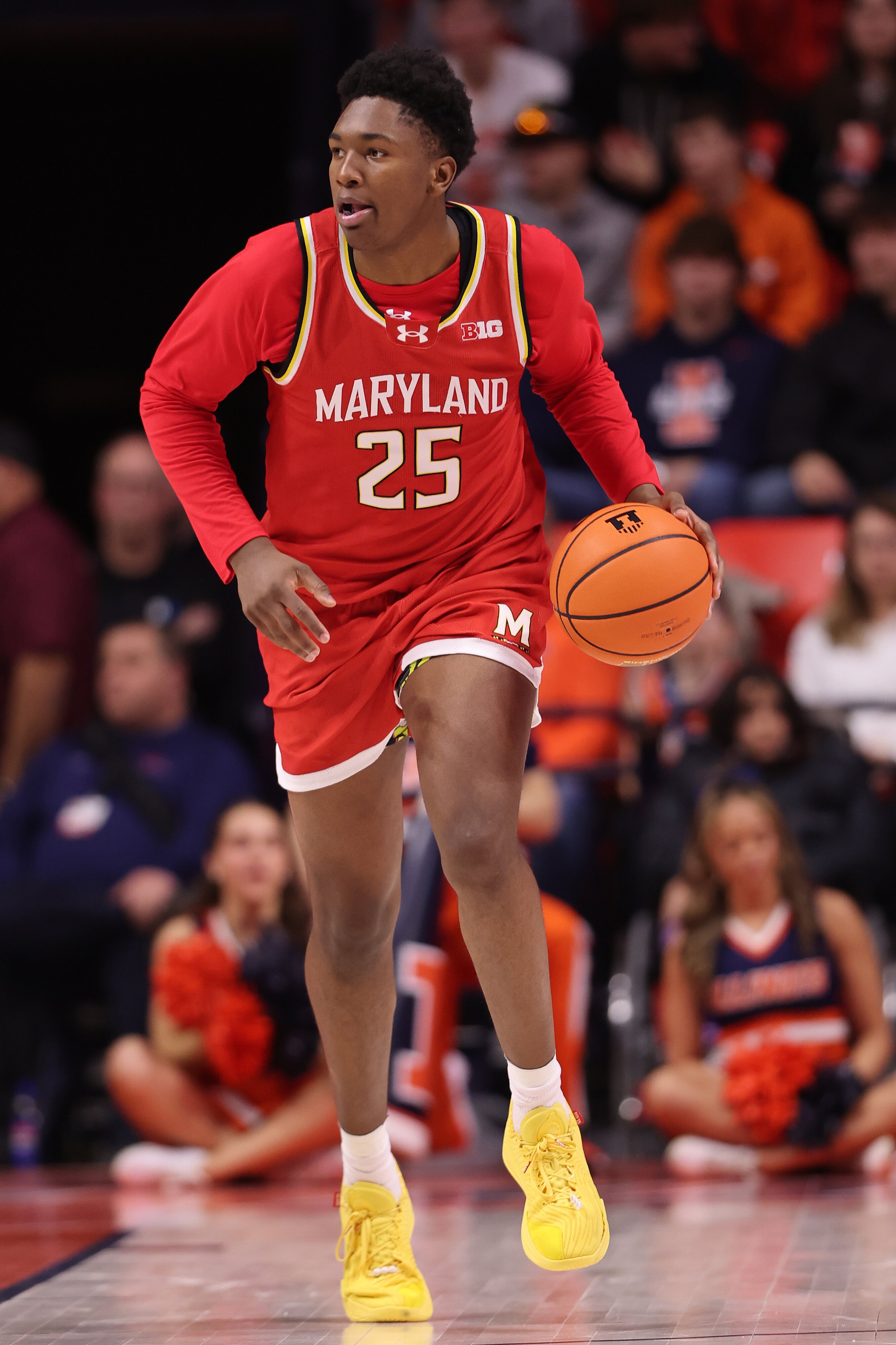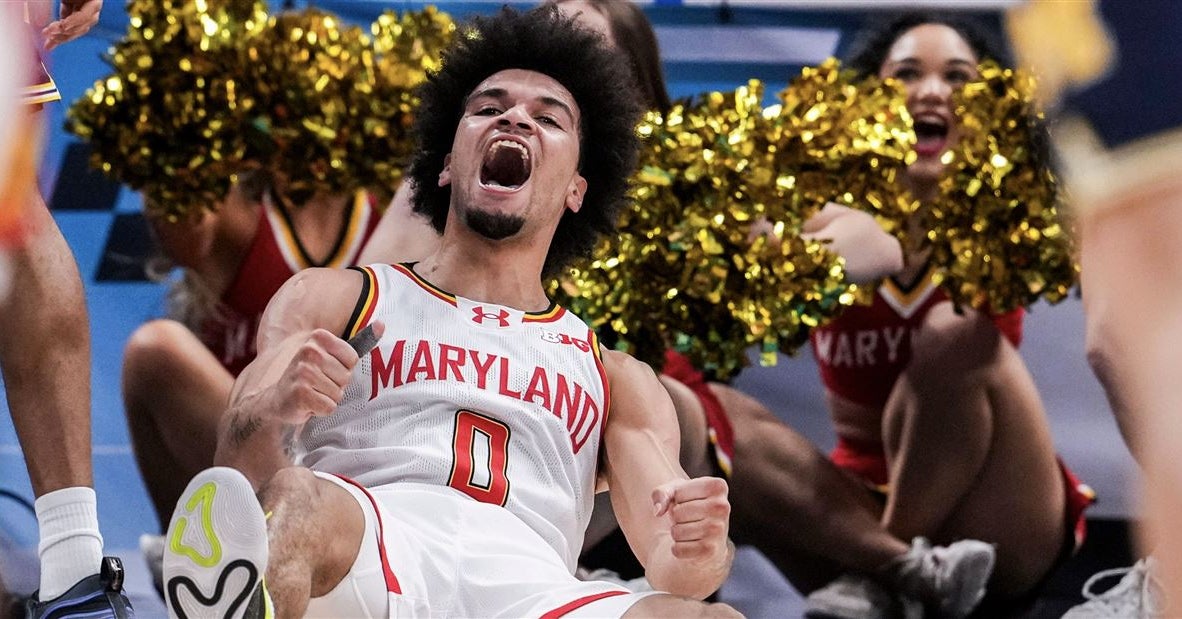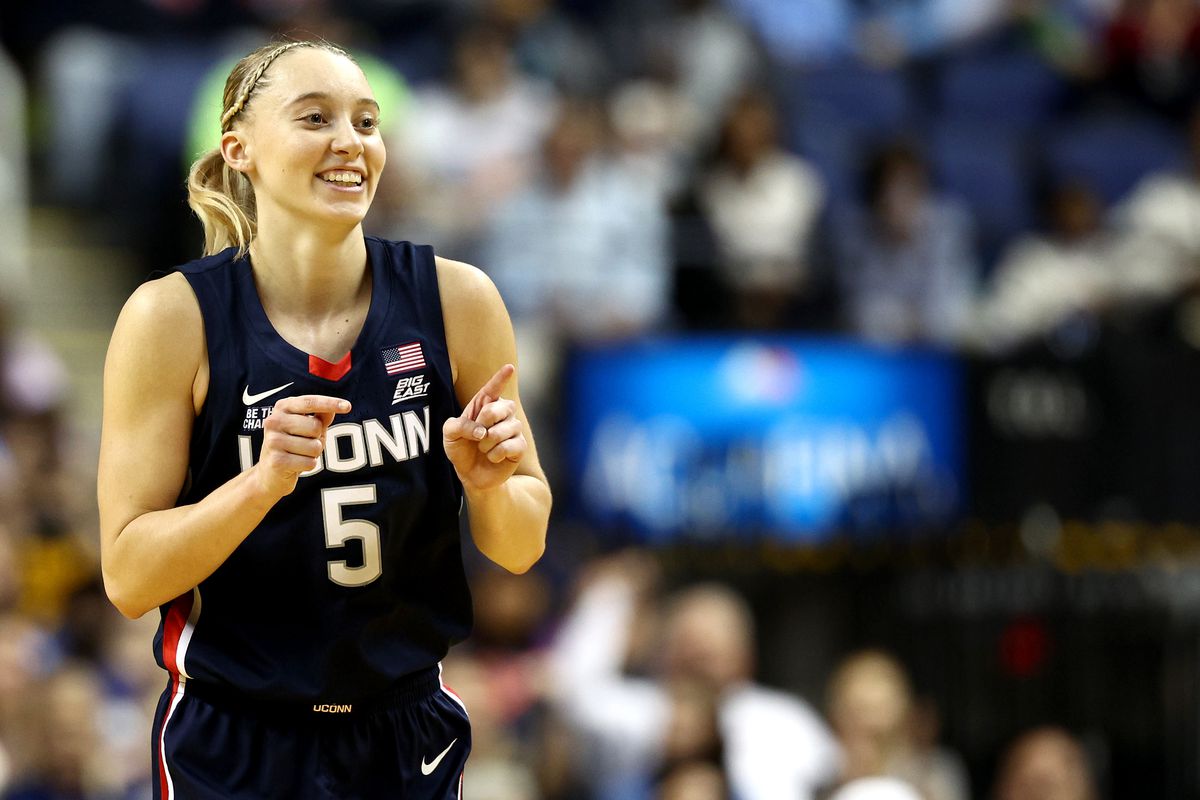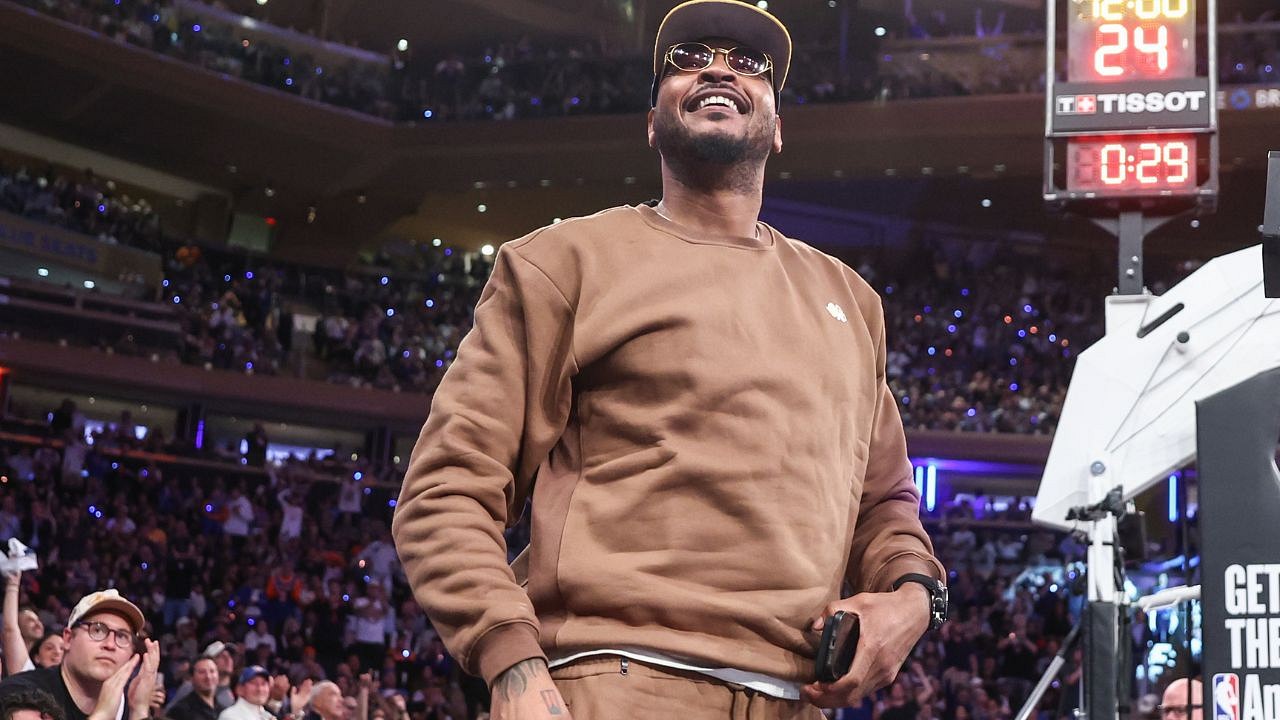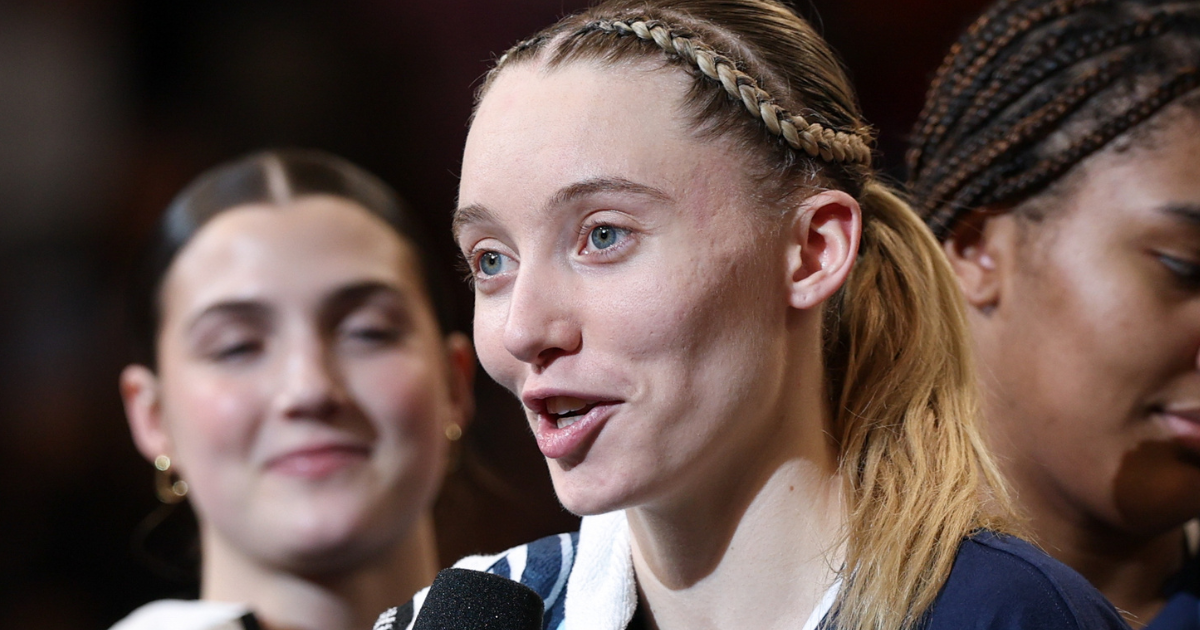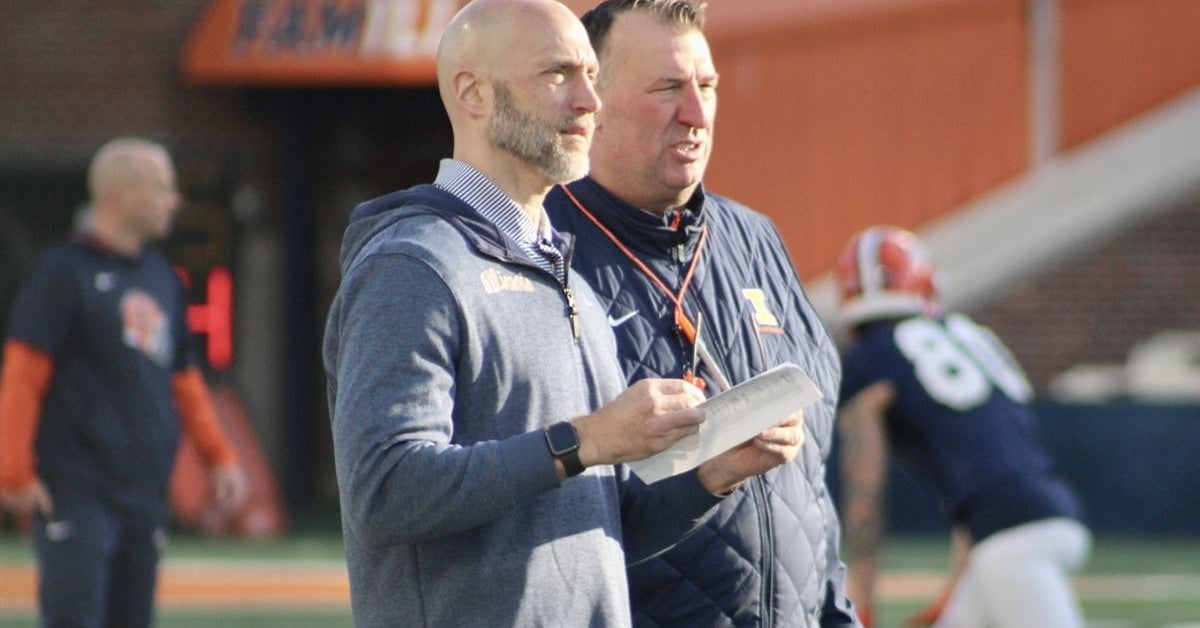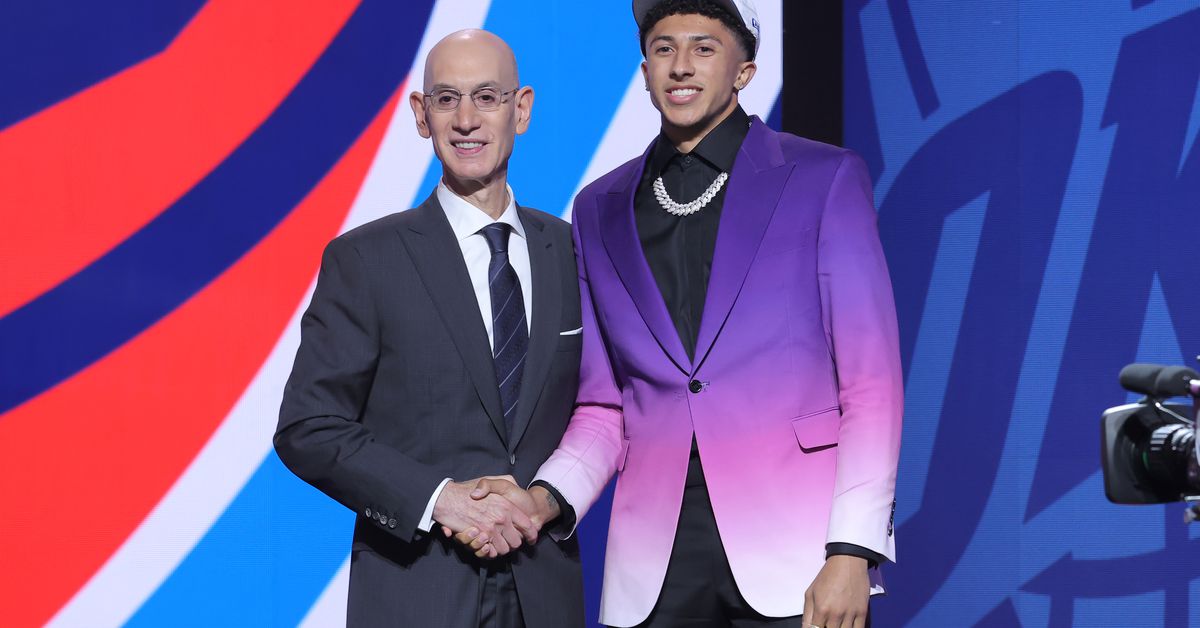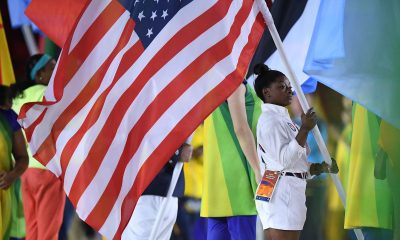With all the recent developments surrounding college basketball from NIL to the transfer portal, we’re seeing more and more mid-major talent than ever selected on Draft night. Whether it was under-recruited prospects who fell through the cracks, mid-major stars who found high major opportunities or even the occasional mid-major journeymen, we saw it all at the 2025 NBA Draft.
In honor of all the former mid-major talent selected this week, here’s the official Mid-Major Madness recap of the 2025 NBA Draft.
First Round, Pick 11: Cedric Coward (Washington State) – Portland; Traded to Memphis
In perhaps the best story of the 2025 NBA Draft, Coward’s career began at Division III Willamette where he was crowned 2021-22 Northwest Conference Rookie of the Year. His eccentric scoring style and size caught the attention of then Eastern Washington head coach David Riley who offered Coward an opportunity at the DI level back in 2022.
Though Coward’s transition took time, he blossomed the following season under Riley’s leadership and lifted the Eagles to a second consecutive Big Sky title. Averaging 15.4 PPG and 6.7 RPG, he was selected to the 2023-24 All-Big Sky First Team before transferring over to Washington State alongside his head coach in Riley. Though he suffered an injury early into his final season, Coward proved his talent to NBA scouts even in limited action as he managed a career-high 17.7 PPG in just six appearances.
First Round, Pick 18: Walter Clayton Jr. (Florida/Iona) – Washington; Traded to Utah
2025 National Champion, the Final Four’s Most Outstanding Player, a consensus First Team All-American and it all started at Iona. With limited interest out of high school it was legendary head coach Rick Pitino who spotted the talent of Clayton early on and presented him with one of his three Division I offers out of high school.
Clayton had an instant impact for the Gaels as he was selected to the All-Conference Freshman Team in 2021-22 but with several seniors departing he truly broke out in 2022-23. Averaging 16.8 PPG, he helped Iona back to the NCAA Tournament with a pair of MAAC titles and was later tabbed Conference Player of the Year over current Detroit Pistons guard Daniss Jenkins.
First Round, Pick 24: Nique Clifford (Colorado State) – Oklahoma City; Traded to Sacramento
As a native of Colorado Springs, Clifford actually began his career with Colorado in the Pac-12 but never quite found his footing as a member of the Buffaloes. So, he transferred in-state ahead of the 2023-24 campaign and joined head coach Niko Medved at Colorado State where the former four-star prospect proved a two-way starlet.
In his first season as a Ram, Clifford averaged 12.2 PPG, 7.6 RPG, and 3.0 APG while playing a critical role in lifting the program to the NCAA Tournament. For back-to-back March Madness appearances he took his game to new heights with 15 double-doubles in 2024-25 and produced career-high averages of 18.9 PPG and 9.6 RPG.
First Round, Pick 27: Danny Wolf (Michigan/Yale) – Brooklyn
With dreams of playing for Michigan, Wolf had an offer to walk on out of high school under then head coach Juwan Howard but instead opted to go the Ivy League route with Yale. His freshman season was a learning process but he quickly emerged as a sophomore with consistent playing time. Averaging 14.1 PPG, 9.7 RPG and 1.3 BPG, he led the Ivy League in blocks and rebounds while the Bulldogs fought to a conference tournament title. In the First Round of the 2024 NCAA Tournament, Wolf’s 13 points, five rebounds and three assists saw Yale upset Auburn 78-76 for just the program’s second Tournament win in 75 years.
All of the accolades and plaudits saw Wolf achieve his dream as the 7-footer left Yale following his sophomore season to join Michigan and newly minted head coach Dusty May. With the Big Ten’s leading rebounder in toe, the Wolverines ran all the way to the 2025 Sweet Sixteen and eventually fell despite 20 points from their future First Rounder.
First Round, Pick 30: Yanic Konan Niederhauser (Penn State/Northern Illinois) – LAC
Born in Switzerland before beginning his professional career in Germany, the 6-foot-10 Niederhauser flew under-the-radar after just two season’s at Northern Illinois. He averaged only 4.8 PPG and 3.0 RPG during that span but went on to lead the MAC in blocks as a sophomore, which sparked the interest of Penn State head coach Mike Rhoades.
In the midst of a rebuild, Rhoades took a gamble and offered Niederhauser the opportunity to ply his trade within the high major ranks. A risk that almost instantly paid dividends as Niederhauser led the Nittany Lions in rebounding and blocked shots during the 2024-25 season while showing vast improvement as a scorer with 12.9 PPG.
Second Round, Pick 31: Rasheer Fleming (Saint Joseph’s) – Minnesota; Traded to Phoenix
Fleming was undervalued his entire basketball career. At Camden High School as a senior, he played sixth man to a pair of former top-100 prospects in DJ Wagner and Aaron Bradshaw. Averaging just 6.9 PPG, his only reported collegiate offers came from St. Joe’s, Temple, Seina, Albany and Saint Francis-PA.
With the staff at St. Joe’s touting NBA experience, Fleming steadily improved over his three years on Hawk Hill going from a 18-game starter as a freshman to an All-A10 First Teamer in 2025. That significant growth and development saw NBA interest pour in throughout the 2024-25 campaign with Fleming the first Hawk selected in the Draft since DeAndre’ Bembry in 2016.
Second Round, Pick 33: Sion James (Duke/Tulane) – Charlotte
Over four seasons in New Orleans under a well-respected coach in Ron Hunter, James was a development project going from just 5.8 PPG as a freshman to proving a solid contributor as a junior. However, it was during the 2023-24 season where he truly emerged for Tulane, averaging career-highs of 14.0 PPG and 5.4 RPG while starting 31 out of 31 games.
A move to Duke in the ACC the following season showcased James’ talent on the world’s stage with the graduate transfer playing a key role in the Blue Devils’ run to the Final Four. He was picked to the conference’s 2024-25 All-Defensive Team, shot 52% from the floor, 41% from three and dropped 16 points in Duke’s Sweet Sixteen win over Arizona.
Second Round, Pick 35: Johni Broome (Auburn/Morehead State) – Philadelphia
Broome’s story begins back in 2020 at Morehead State where he was an under-recruited prospect out of Plant City, Fla. but had no problems dominating the OVC. In just two season’s with the Eagles, he racked up the awards earning OVC Rookie of the Year, OVC Defensive Player of the Year, a pair of all conference First Team selections and even 2021 OVC Tournament MVP.
Though many doubted he’d be able to handle a high-major transition, a transfer to Auburn produced much of the same as Broome ascended the ranks to national prominence with the Tigers. With his final season of eligibility he was a double-double machine, averaging career-highs of 18.6 PPG, 10.8 RPG and even 2.1 BPG to lead the SEC in rebounding and blocked shots.
Second Round, Pick 37: Chaz Lanier (Tennessee/North Florida) – Detroit
During his first three years with North Florida Lanier quietly worked as a depth piece before exploding onto the scene as a redshirt senior with his innate scoring ability. Averaging just 3.6 PPG over the three season’s prior, he paved the way for North Florida’s most wins since 2020 with an insane increase in production as he tallied 19.7 PPG and shot an ASUN best 44% from three.
As Lanier entered the portal ahead of the 2024-25 campaign it was Rick Barnes and Tennessee who received a commitment from one of the nation’s most converted transfers. In the SEC he maintained that same scoring prowess, earning an All-Conference Second Team selection and leading the Volunteers to an Elite Eight appearance.
Second Round, Pick 39: Alijah Martin (Florida/FAU) – Toronto
As a former leader of two historic Florida Atlantic teams, Martin was always viewed as a potential pro prospect who played within the mid-major ranks. When the Owls climbed to new heights in 2022-23, soaring all the way to the Final Four, Martin was honored with an All-NCAA Tournament award for his integral role in FAU’s success.
When Florida Atlantic returned to the NCAA Tournament in 2024, Martin was once again instrumental in leading the way now with an All-AAC Second Team selection to his name. But as May departed during the 2024 offseason, so did Martin, opting to stay in-state with Florida where he averaged a career-high 14.4 PPG during the Gators’ national title run.
Second Round, Pick 41: Koby Brea (Kentucky/Dayton) – Golden State; Traded to Phoenix
Four seasons at Dayton honed Brea into one of the Atlantic 10’s premier three-point shooting threats as he earned a pair of Sixth Man of the Year awards coming off the bench for the Flyers. Most impressively, he led the conference in 3-point shooting during the 2023-24 season while averaging 11.1 PPG and connecting on 50% of his 201 attempts from behind the arc.
Many thought of Brea as something of a one-trick pony when he transferred up to join Kentucky but he was quick to prove the doubters wrong as his scoring seemingly improved. He averaged a career-high 11.6 PPG in his lone season within the SEC, led the conference in 3-point shooting for the second consecutive year and was a capable starter at the high-major level.
Second Round, Pick 43: Jamir Watkins (Florida State/VCU) – Washington
Watkins’ time at VCU was hampered by injuries as he missed the 2021-22 season before returning in 2022-23 with averages of 9.5 PPG and 5.4 RPG to help secure a pair of A10 titles. Though he primarily came off the bench during the Rams’ regular season, his production in the A10 Championship garnered Watkins an All-Tournament selection and some high-major interest.
While the numbers looked somewhat underwhelming, Watkins saw no issue with a transition to the ACC and Florida State as he averaged a then career-high 15.6 PPG as a junior. He eclipsed that with an All-ACC Second Team selection in 2024-25 and managed 18.4 PPG despite the Seminoles season-long struggles.
Second Round, Pick 46: Amari Williams (Kentucky/Drexel) – Orlando; Traded to Boston
Arriving in the city of Philadelphia by way of England, Williams staked his claim as possibly the greatest defensive player in Drexel history over his four years with the program. As a redshirt freshman he was crowned CAA Defensive Player of the Year, as a sophomore he went on to repeat and as a junior he became the only three-time CAA Defensive Player of the Year. As it stands, he leads the program in defensive box plus/minus, defensive rebounding percentage and is fourth all-time for the Dragons in blocked shots with 186.
Joining Kentucky for the 2024-25 season saw much of that two-way tenacity continue as Williams produced 10.9 PPG and 1.2 BPG while making his first career NCAA Tournament appearance.
Second Round, Pick 48: Javon Small (West Virginia/Oklahoma State/East Carolina) – Memphis
Small’s career began at East Carolina where he played just 9.2 MPG as a freshman before being given the keys to the offense as a sophomore amidst a coaching change for the Pirates. Though he battled injuries and made just 18 appearances, Small’s offensive game was undeniable when healthy as he led East Carolina in scoring with 15.8 PPG on 40% shooting.
That production was enough to see high-major interest with Small eventually transferring to join Oklahoma State in 2023 where he once again led his team in scoring with 15.1 PPG. Another coaching change would see Small portaling again where he committed to West Virginia for his senior season. Going on to earn an All-Big 12 First Team award, he carried the Mountaineers to a 19-13 record as, one again, his team’s leading scorer.
Second Round, Pick 50: Kobe Sanders (Nevada/Cal Poly) – New York; Traded to LAC
In spite of his positional size and versatility, Sanders was another who went under-recruited out of his school as the San Diego native played his first four years at Cal Poly in the Big West. Though the Mustangs struggled mightly in 2023-24, finishing dead last in the Big West and without an in-conference win on their record, Sanders provided a major bright spot. His 19.6 PPG averaged afforded him tons of high major interest as he entered the portal last offseason but instead he decided on mid-major powerhouse in Nevada.
Thrust into the starting lineup as a veteran graduate transfer, Sanders took to leading with his play on the floor as he averaged 15.8 PPG alongside Nick Davidson. Though the duo only managed 17 wins in the ever-competitve Mountain West, Sanders continued development was recognized with an All-Conference Third Team selection.
Second Round, Pick 53: John Tonje (Wisconsin/Missouri/Colorado State) – Utah
Tonje was extremely undervalued coming out of Omaha, Neb. with his only reported college offers coming from Colorado State, his local Omaha and Division-II Missouri Western State. Like many on this list though, he climbed the ranks and after primarily working as a depth piece for three seasons with the Rams. He finally got the opportunity in 2022. Tasked as a 33-game stater, Tonje put together a career-defining campaign with an average of 14.6 PPG while shooting 47% from the field and 39% from deep.
After a brief and injury-plagued stint in Missouri, the world discovered Tonje this past season as he led Wisconsin to the NCAA Tournament while garnering All-American honors.
Second Round, Pick 54: Taelon Peter (Liberty/Tennessee Tech) – Indiana
Though Peter’s career started at Tennessee Tech with six appearances during the 2020-21 season, Division-II Arkansas Tech is where he was given the chance to mold his game. Over three season’s in DII’s Great American Conference, Peter was selected to the All-Conference Second Team and First Team, and he finally capped it off as Player of the Year in 2024.
Ultimately, he once again caught the attention of Division-I coaches and entered the portal last offseason where he transferred up to Liberty. In 35 appearances with the Flames, Peter primarily came off the bench but averaged 13.7 PPG to be awarded Conference USA’s Sixth Man of the Year title.
Second Round, Pick 56: Will Richard (Florida/Belmont) – Memphis; Traded to Golden State
As a three-star prospect from Fairburn, Ga., Richard held some solid offers coming out of high school including VCU, Loyola-Chicago and Rice before initially committing to Belmont. That wouldn’t last long though as he flashed tons of talent in his freshman season with the Bruins, averaging 12.1 PPG and leading Florida to quickly swoop in.
Richard spent the next three years as a fixture of the Gators starting lineup and was a leader during the program’s 2025 national championship run. Not only did he start all 40 of Florida’s 40 games during the 2024-25 season, but he averaged a career-high 13.3 PPG to earn some NBA interest.
Second Round, Pick 57: Max Shulga (VCU/Utah State) – Orlando; Traded to Boston
Shuga has been instrumental to Ryan Odom’s success as a head coach, starting at Utah State in 2022 where he helped the Aggies to a 26 wins and the NCAA Tournament. When Odom got the job at VCU the following season, Shulga was the first to follow and went on to lead the Rams in scoring in another 20+ win season for the dynamic duo.
However, after falling just short of the NCAA Tournament in 2024, Shulga entered the transfer portal and initially committed to join Villanova ahead of the 2024-25 season. While it ultimately never came to fruition, Shulga returned to VCU under Odom and was rewarded on the court with a career-best season. Earning the Atlantic 10 Player of the Year award, he returned to the NCAA Tournament, leading the Rams to a 28-7 record and a pair of conference titles.

